About us
Our project mainly specializes in farm tea from Yunnan. This is where tea originated, where the most interesting tea terroirs and the oldest tea trees are found, and where large areas with almost primitive ecology have been preserved. This is the kind of tea we love, study, and drink ourselves, and that’s why we sincerely want to share it with you.
We base our activities on several important principles and approaches:
(1)
Only pure farm tea.
No pesticides, herbicides or hormones. Even organic fertilizers are the exception, not the rule. There is only one harvest in Yunnan, in the spring.
(2)
Terroir.
The maximum possible localization of the origin of tea raw materials with all its uniqueness, which is reflected in each specific tea in your bowl. We are constantly striving to narrow down the area of origin, starting from a specific mountainous area and further to a specific tea mountain, tea village, tea garden, group of trees and single tea tree, as the quintessence of the terroir of the tea world. From small tea trees aged 80-100 years to ancient wild tea trees aged more than 1000 years.
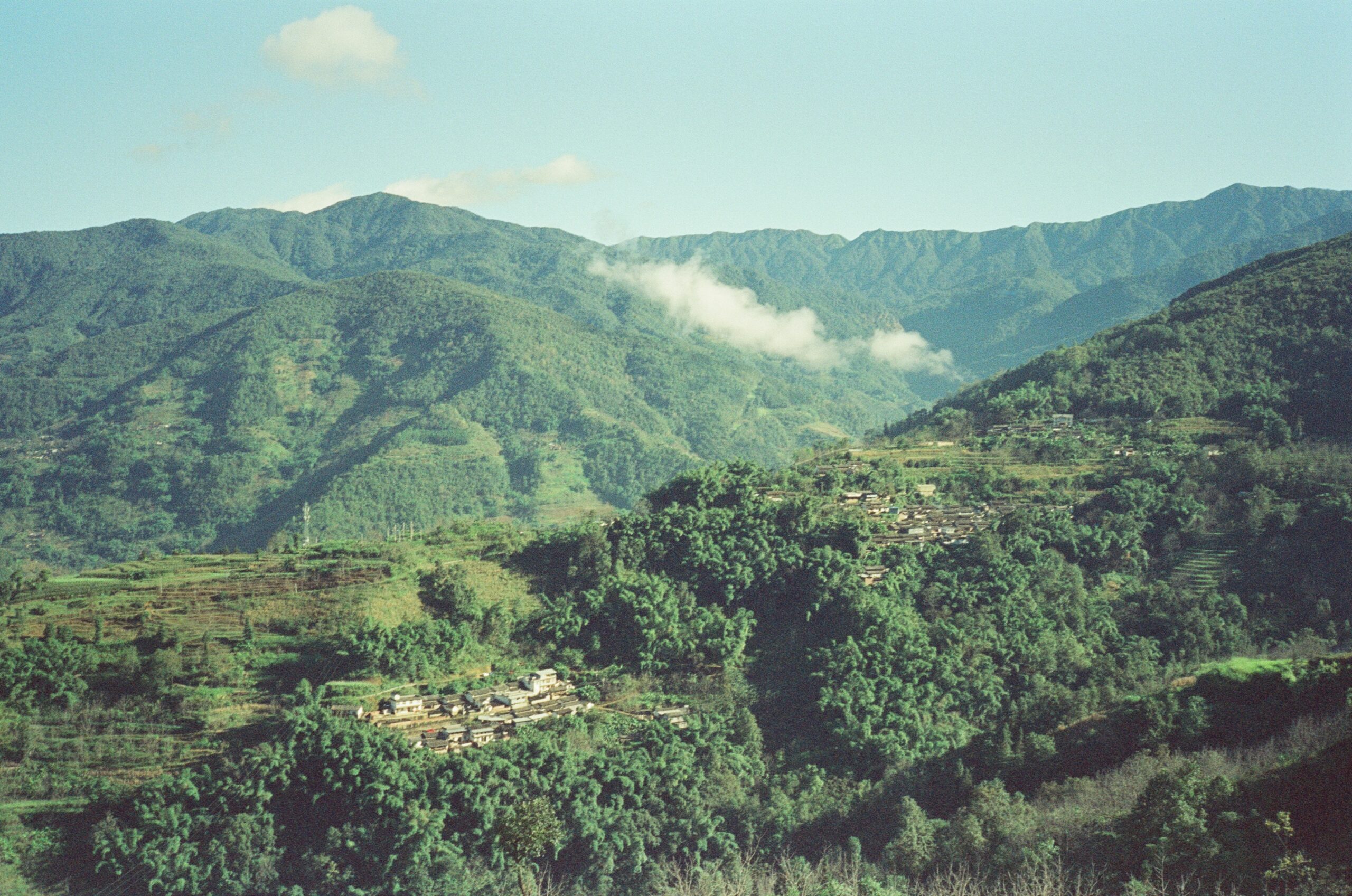
(3)
Direct work, directly with tea farmers and masters.
For many years we have been working with a limited number of talented and experienced craftsmen and farmers who have constant access to pure, high-quality raw tea.
(4)
A unique approach to cookware and accessories.
When selecting tea utensils and accessories for you, we focus on environmentally friendly natural materials, uniqueness and functionality. We strive to make your choice special, constantly moving towards the works of masters and antique tea ware.
(5)
We remove the excess.
We are doing our best to remove all obstacles: unnecessary intermediaries, ceremonies and layers of mystifications and fictions that only distract from the essence of a person who wants to discover the world of real tea and modern tea drinking.
(6)
We are always learning.
We are open to everything new, constantly researching and learning. And the more we learn about tea , the more we realize how much we still don’t know about it.


Our way
Work on the project began in early 2018. By then, we already had quite a lot of experience as enthusiasts wandering the “tea universe” in a long-term search for the best tea. Then. For us, that “universe” consisted of countless tea vendors from factories and manufacturers in China, accompanied by a huge amount of conflicting information from tea forums, websites, and books that only increased the number of questions instead of answering them. And the deeper we dived into this “universe,” the more we got the feeling that there must be something else. Something elusive, hidden behind the layers of legends, ceremonies, and price bubbles created by decades of formation of the modern tea market. Something real.
For us, one random tea party changed everything, and it opened up the first real honest tea. Tea behind which stood A particular person whom we later met. This man’ s name was Yuan and he became our first master, and that tea – our first and most popular (as of now) tea – white Yunnan Yue Guang Bai Cha from centuries-old tea trees , called “White Virgin”. It was then that we felt and realized our further path and mission: to discover real tea to the world. To help such “tea travelers” Like us , wandering in constant search to find it.
It should be noted that at that time, the very phenomenon of farm or artisanal tea was not a discovery for us. After all, even then there was a fairly large amount of non-factory tea on the market, but the tea that was available was not very different from what the factories produced. And real tea of the famous tea locations (if you are very lucky to find it ) could only be afforded by a very wealthy person.

Over the years, the situation has not changed much, and the tea market still consists almost entirely of low-quality factory and farm tea. After all, only a very limited number of farmers and craftsmen have constant access to the highest quality raw materials from clean tea gardens, not to mention wild trees from mixed forests. Everything else is raw material from plantations: pesticides, herbicides, growth hormones, multiple harvests per year. Such intensive farming critically affects the quality of tea.
Another huge problem is counterfeiting. The market is oversaturated with counterfeits , when the wrapper with the loud name of a famous tea village and the specified raw materials from ancient tea trees hides the same plantation tea , or at best, tea that has nothing to do with the origin indicated during the sale.
The origin of tea raw materials is extremely important. The term “terroir” can be applied to tea with confidence, borrowed from “the world of wines”. It consists of several important factors that ultimately directly affect the result that we experience in our bowl.
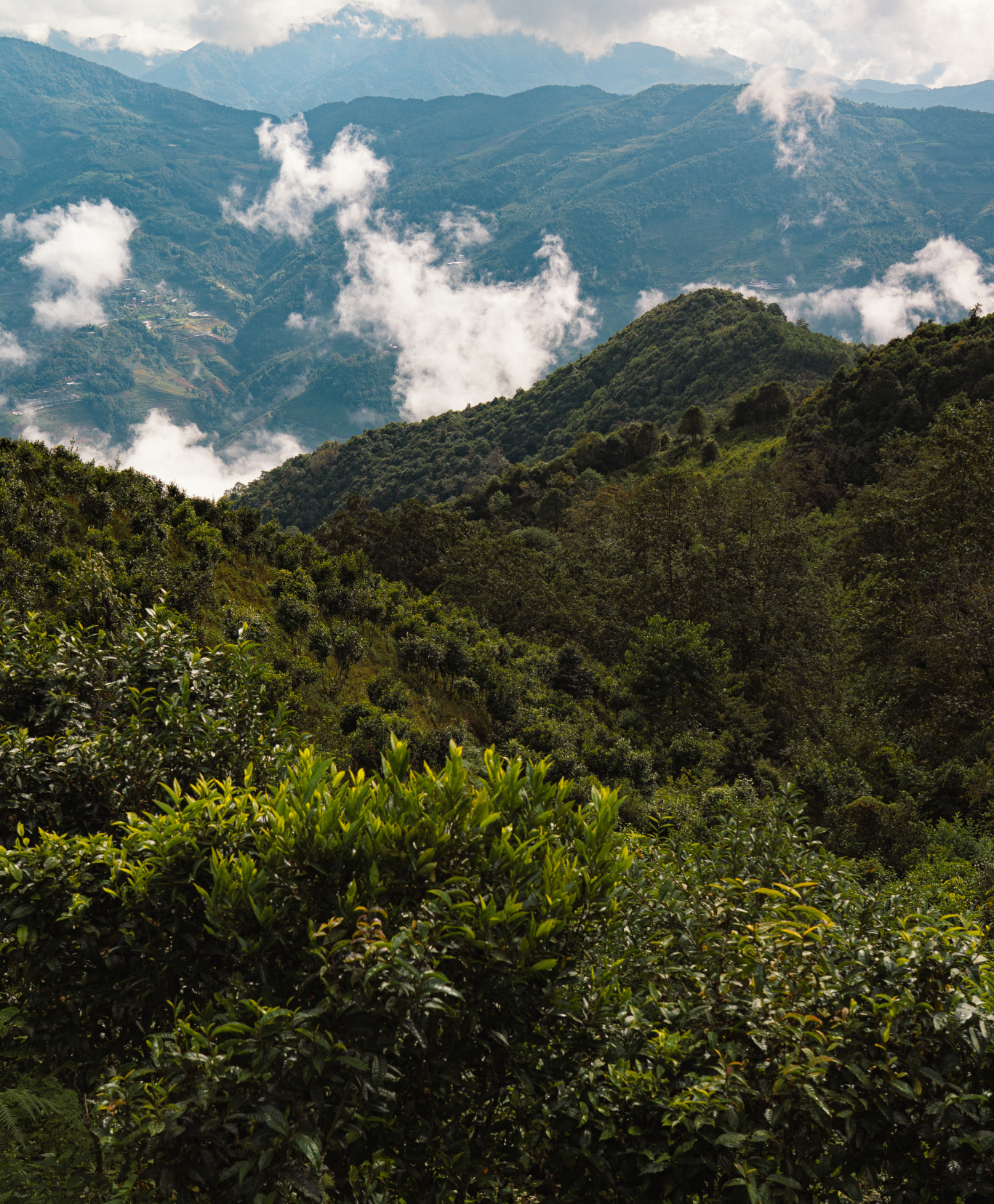
The first factor is geography. The place where tea grows directly affects its properties. Everything has an influence: local climatic conditions, height of growth, slope of the mountain slope and its location relative to the movement of the sun, soil composition, wind rose and local plant varieties, the overall ecosystem in which they grow.
Tea plants are the second factor. Their variety or grade, their age and size, local care, all these factors are difficult to overestimate.
And the third important factor is is a master. It is his experience and talents that are able to convey all the uniqueness of the raw materials in the future drink. Almost all of our craftsmen and farmers are representatives of various local small ethnic groups , such as the Izu, Han and Lahu, who have been growing, harvesting and making tea in the Yunnan mountains since ancient times. Each district, township, and village, and even the family, have their own peculiarities and techniques , often passed down through generations.
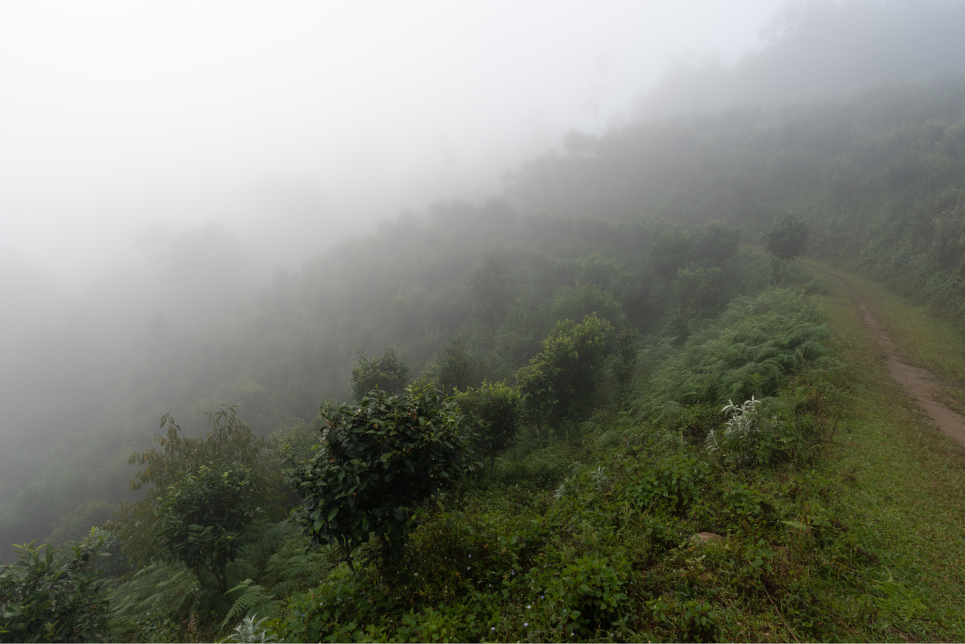
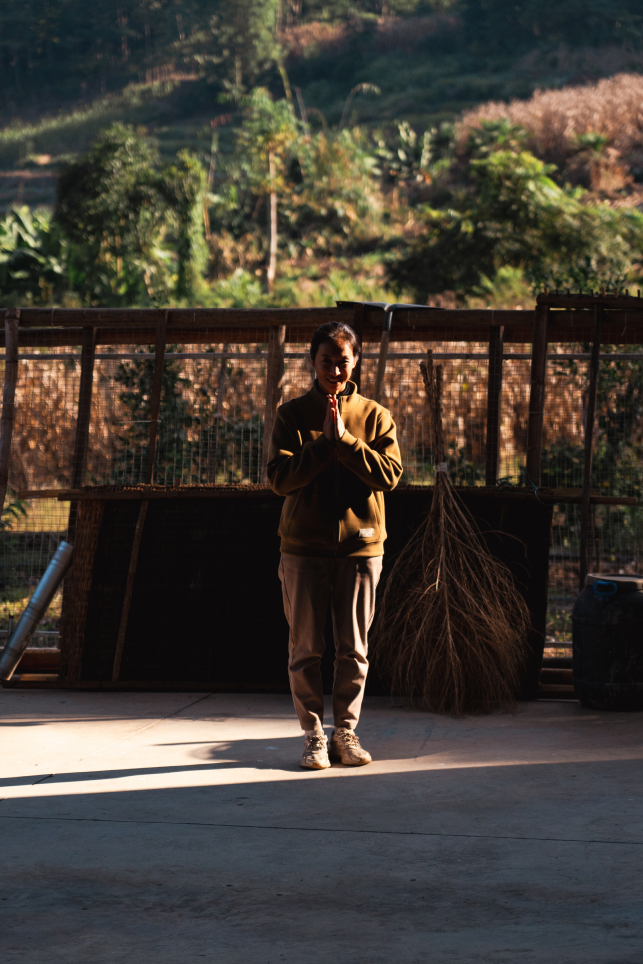
The principle of terroir in the Yunnan tradition is reflected through the term Zheng Shan (Zheng Shan), which denotes the origin of tea raw materials from a specific tea mountain. In contrast , there is the term Tai Di Cha (Tai Di Cha), which means tea from the plains, that is, tea grown at the foot of the mountains, plantation tea. This concept was finally formed in the mid-90s. Around the same time, the concept of the age of tea plants was formed, which is reflected in the terms Gu Shu – ancient trees and Da Shu – large or adult trees. Then these terms, along with the names of famous tea mountains and villages, began to appear on Yunnan tea labels.
Initially, they were applied only to pu-erhs, because shen pu-erhs have the most distinctive terroir of all tea varieties. All of this was accompanied by a rapid increase in demand, driven primarily by consumers from Hong Kong and Taiwan. At that time, almost all tea in Yunnan was produced by factories that were gradually transforming from state monopoly to private ownership. The rapid growth in demand was met with an equally rapid response, fueled by the desire for quick money and an almost complete lack of quality control over raw materials and production. This resulted in a complete market collapse in 2007 – the so-called “puerh bubble”. After these events, sophisticated tea consumers began to focus on Zhen Shan and Gu Shu.
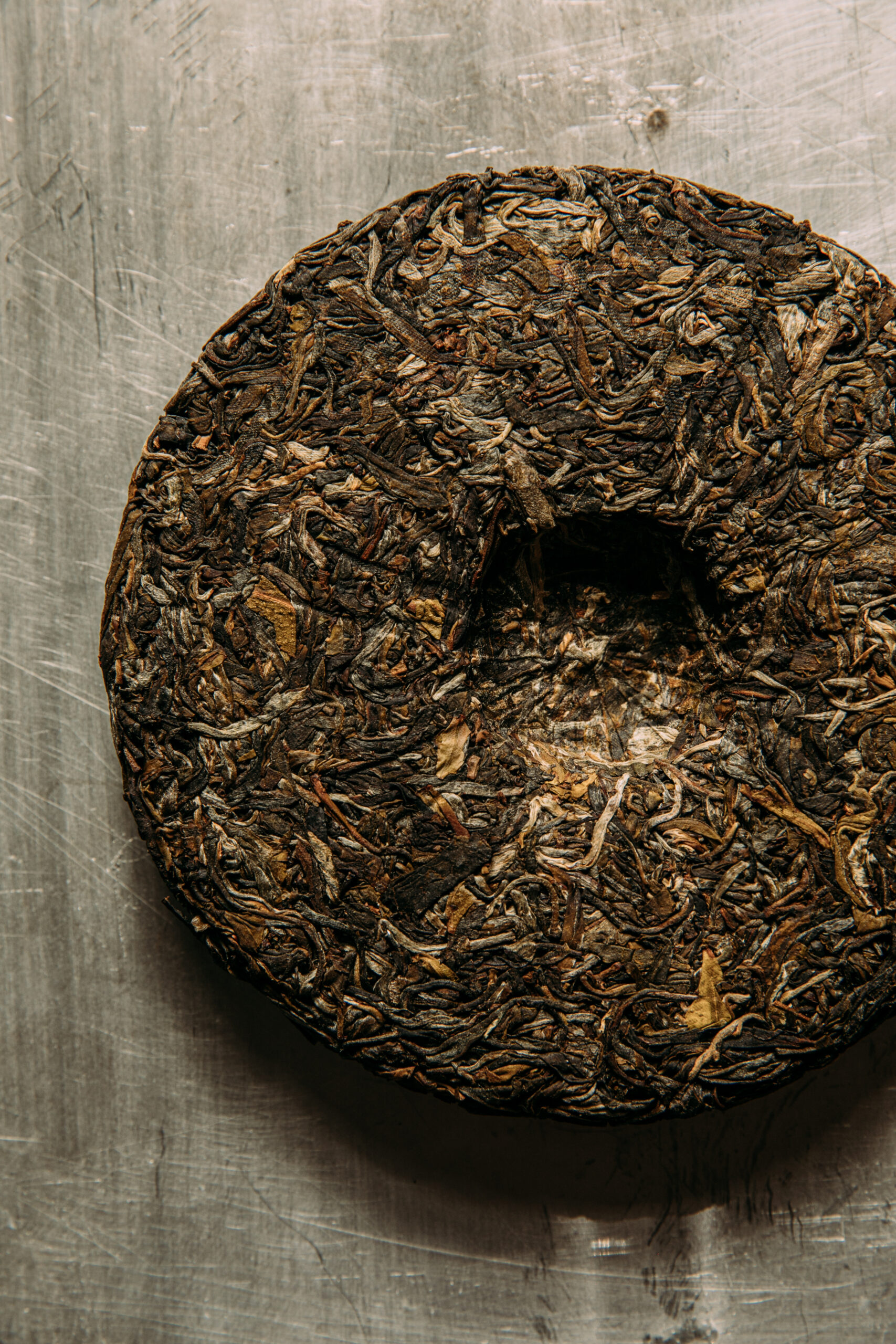
The real interest of pu-erh producers and consumers in the geography of its origin began to emerge in 2005. At that time , such well-known names as Yiwu, Bulanshan , and Jingmaishan could be seen on labels. In fact, these are traditional tea growing areas, the area of which is measured in hundreds of square kilometers. So the localization was rather arbitrary. After 2007, along with the demand for Gu Shu, the names of villages around which ancient tea gardens grew began to appear on labels. This is how Laobanjiang, Bingdao, and Bulanshan began to gain popularity, Laomanie, Guafengzhai and others. Tea originating from these villages It had a more distinctive personality that attracted connoisseurs and made these small tea regions real superstars.
The evolution continued, and the names of specific tea gardens, or mixed forests where certain groups of ancient tea trees grow, began to appear on labels. By 2014-2015, all the known tea locations of the first wave had formed. Initially, small local producers and enthusiastic farmers were engaged in such tea, and later large factories and brands joined the market, guaranteeing only large productionvolumes, not quality or authenticity.
The amount of pure raw materials from “superstar” tea locations is very limited, and the demand is fantastic. Already in 2014, the price for such tea was extremely high. The main consumers of such tea were and probably still are Taiwan, Singapore, Japan, Malaysia and the Chinese domestic market. 10 years of constant growth and in 2024 the price of such tea crossed the boundaries of common sense. It is no longer cajuchi that it is extremely difficult to find it, even experienced fans. After all, the market is oversaturated with a huge number of fakes of varying degrees of quality: from frankly cheap fake in bright packaging to blends of pure raw materials from different, wider locations (than indicated on the label), which not everyone can distinguish. And we haven’t even touched on the old ones yet. of matured teas.
In 2014 Along with the final emergence of tea “superstars,” tea from the 2nd wave locations began to appear. Located northwest, higher up along the main Yunnan mountain range, which is actually the beginning of the Himalayas, these tea areas have become the “second wind” and the hope of all connoisseurs of authentic tea terroirs. These areas are located higher in the mountains, in the range of 1700-2500 meters above sea level. Plants there develop more slowly and take longer to reach the Da Shu and Gu Shu stages of development than plants from the 1st wave areas, which are mostly located lower and further south.
But these areas can hardly be called newcomers. After all, there is a huge number of alpine mixed forests, in which there are many wild old tea trees suitable for cultivation. Most of these forests have been transformed into nature reserves and national parks, the ecology of which is strictly protected. For example, in the reserve Zhen Yuan, near the village of Qiyen Jia Jai, grows the oldest wild tea tree found so far, more than 2700 years old. Also, here, around the mountain villages There are ancient tea gardens, where the age of cultivated plants ranges from 70 to several hundred years, and sometimes approaches a thousand.
Local small peoples are traditionally engaged in Tea. During the second half of the 20th century, under the pressure of collectivization and industrialization caused by the policies of the Chinese Communist Party at the time, the main tea producing areas were located lower and further south, where it was more convenient to grow tea on an industrial scale. At that time , peasants from the northern highlands produced almost all tea for their own consumption.
After 2014, the situation changed in the middle and northern parts of the Ailao Shan and Ulyan Shan ranges began to open its treasures to the world again. Thisis where we have focused our main work since 2018. In the area of Our 2nd wave tea villages are located on the Zheng Yuan mountain range, which combines part of the Ailao Shan and Ulian Shan ranges , and on the Nu Shan mountain range to the west: Maden, Maidi, Qiyen Jia Jai and Dabin Shan, on the mountain slopes around which ancient tea gardens are located. and primeval forests. Here, together with our craftsmen, we were able to develop unique terroirs that we want to share with you.
The process of search and research is ongoing. We are gradually expanding our area of activity , trying to open the world to more pure and unique terroirs.
